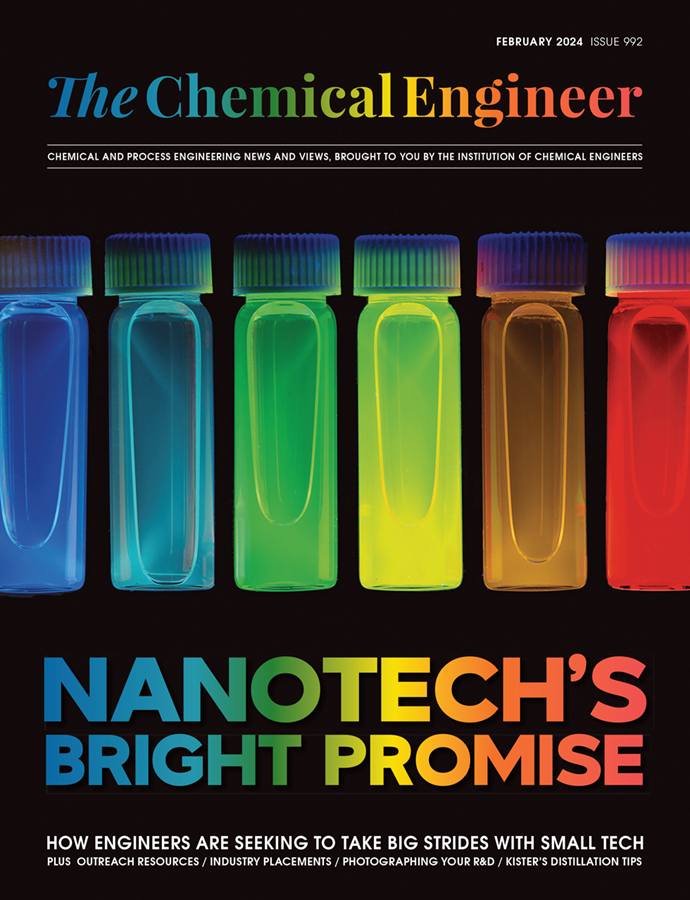First hydrogen plasma in German fusion device
THE world’s largest stellarator nuclear fusion reactor, the Wendelstein 7-X at the Max Planck Institute for Plasma Physics, Germany, has successfully produced its first hydrogen plasma, in a major milestone.
The Wendelstein 7-X was completed in April 2014 and is also the world’s most advanced stellarator. It was first switched on in December 2015 and since then has produced more than 300 discharges with helium gas. This was primarily to clean the inside of the vessel. Fusion energy generation will eventually require the use of tritium, a radioactive isotope of hydrogen. The commencement of hydrogen experiments is therefore a major step forward in nuclear fusion research at the facility.
The stellarator was switched on by German Chancellor Angela Merkel at a ceremony on 3 February. A 2 MW pulse of microwave energy generated low-density hydrogen plasma at a temperature of around 80m?C for around 0.25 s.
The Wendelstein 7-X stellarator has been designed as a test reactor, rather than a fully-functional, energy-generating fusion device, to carry out research on elements of nuclear fusion. The generation of hydrogen plasma is the first of many other plasma experiments. It contains complex instrumentation to analyse the plasma, including X-ray spectrometers, interferometers, laser scattering and video diagnostics.
A stellarator is superficially similar to the better-known tokamak fusion device but generates and confines plasma in a slightly different way. Tokamaks, such as the Joint European Torus, or JET, at the UK’s Culham Centre for Fusion Energy (CCFE) pass a powerful current through tritium gas in a smooth, doughnut-shaped vessel to heat it and turn it into plasma, while toroidal and poloidal field coils generate helical magnetic fields to confine the plasma. In a stellarator, the vessel itself has a twisted shape surrounded by superconducting magnets. Here, the shape of the vessel and its surrounding magnets, rather than the placement of the magnets as in a tokamak, creates the necessary confinement for the plasma, while powerful microwaves heat it.
The above image shows the twisted shape of the plasma flow in yellow and the magnetic coils around (Pic: Max-Planck Institut für Plasmaphysik)
The first period of hydrogen testing is expected to last until mid-March. After that, researchers will open the vessel to install carbon tiles to protect the vessel walls and a piece of equipment known as a divertor to remove impurities.
“These facilities will enable us to attain higher heating powers, higher temperatures, and longer discharges lasting up to ten seconds”, says project leader Thomas Klinger.
Further modifications over the coming four years will allow discharges of plasma to last up to 30 minutes, at full heating power of 20 MW. Initially, the experiments will only involve plasma confinement experiments with hydrogen, but from 2019, the team plans to use deuterium to carry out fusion reactions.
“Every step we are taking on the long road towards a fusion power plant is a success,' said Merkel, adding: “The benefits of fusion energy are obvious: hydrogen as a fuel is available to an almost unlimited degree. It is a clean energy source without climate-damaging CO2 emissions and long-lived radioactive waste.”
Recent Editions
Catch up on the latest news, views and jobs from The Chemical Engineer. Below are the four latest issues. View a wider selection of the archive from within the Magazine section of this site.





